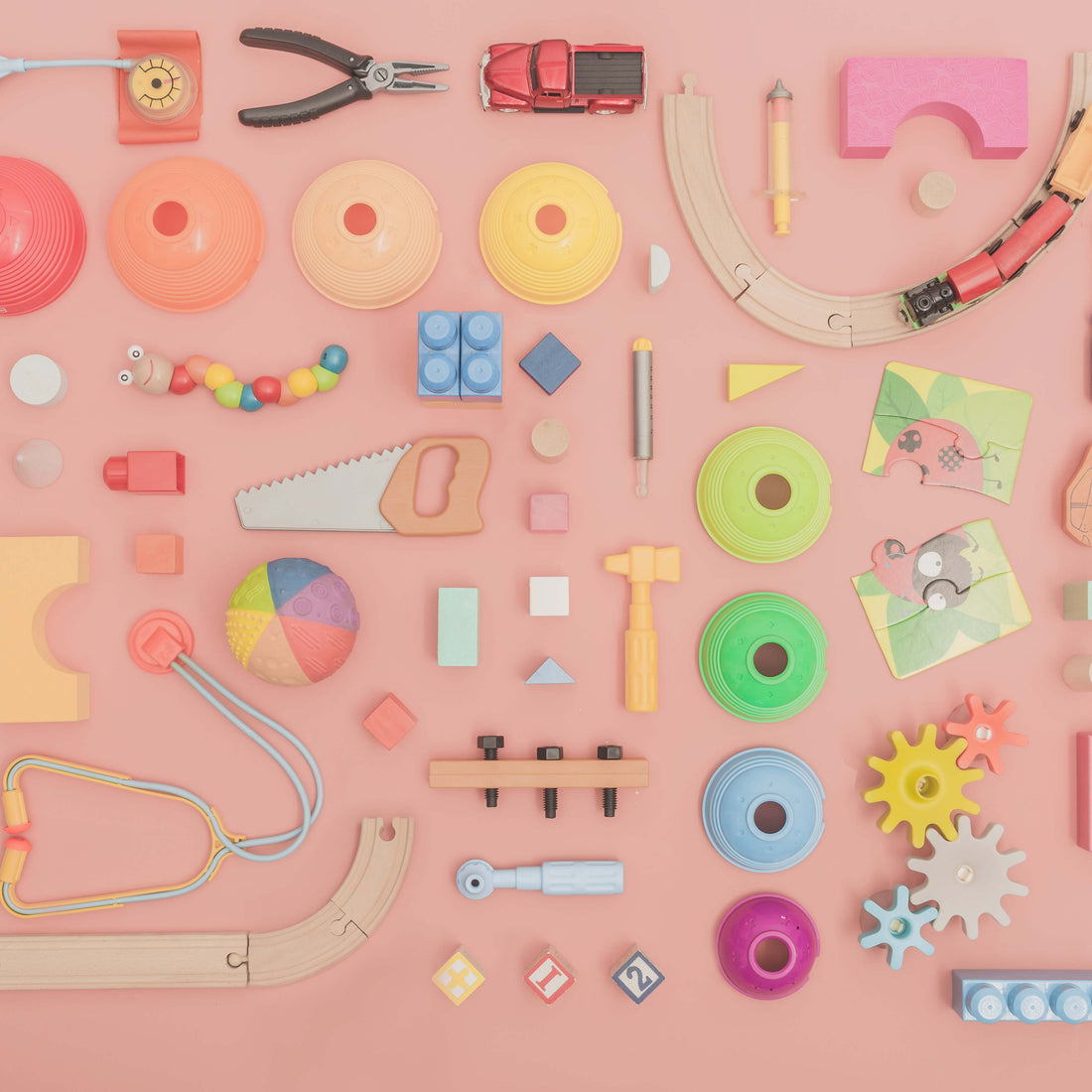
A World of Play: Exploring Different Types of Toys
Share
Toys have been an integral part of childhood for centuries, providing entertainment, education, and social interaction. From simple wooden blocks to complex electronic gadgets, toys come in a wide variety of forms, each serving a unique purpose. In this blog post, we will explore some of the most common types of toys and discuss their benefits for children's development.
Educational Toys
Educational toys are designed to promote learning and development in children. They often incorporate elements of math, science, language arts, or social studies. Some examples of educational toys include:
- Building blocks: Building blocks can help children develop fine motor skills, problem-solving abilities, and spatial awareness.
- Puzzles: Puzzles can improve children's concentration, memory, and logical thinking skills.
- Games: Board games and card games can teach children important social skills, such as taking turns, following rules, and working as a team.
- Science kits: Science kits can introduce children to scientific concepts and encourage experimentation and curiosity.
Creative Toys
Creative toys allow children to express their imagination and creativity. They can help to foster artistic abilities, problem-solving skills, and self-expression. Examples of creative toys include:
- Art supplies: Paints, crayons, markers, and modeling clay can help children explore their artistic talents.
- Musical instruments: Drums, guitars, and pianos can introduce children to music and encourage creativity.
- Play-Doh: Play-Doh is a versatile material that can be used for a variety of creative projects.
- Dress-up clothes: Dress-up clothes can help children explore different roles and identities.
Outdoor Toys
Outdoor toys encourage children to play outside and enjoy the benefits of fresh air and exercise. They can help to improve physical health, coordination, and balance. Examples of outdoor toys include:
- Bikes: Bikes are a great way for children to get exercise and explore their neighborhood.
- Tricycles: Tricycles are a good option for younger children who are not yet ready for a bike.
- Playground equipment: Swings, slides, and climbing frames can provide hours of fun and exercise.
- Balls: Balls are versatile toys that can be used for a variety of games and activities.
Electronic Toys
Electronic toys are becoming increasingly popular, offering children a wide range of interactive experiences. They can be educational, entertaining, or both. Examples of electronic toys include:
- Video games: Video games can be a great way for children to develop problem-solving skills, hand-eye coordination, and spatial awareness.
- Educational apps: Educational apps can teach children a variety of subjects, from math and science to language arts and history.
- Robots: Robots can introduce children to technology and engineering concepts.
- Remote-controlled toys: Remote-controlled toys can be a fun and engaging way for children to play.
Role-Playing Toys
Role-playing toys allow children to explore different roles and scenarios. They can help to develop social skills, imagination, and creativity. Examples of role-playing toys include:
- Dolls and action figures: Dolls and action figures can be used to create imaginary worlds and stories.
- Playsets: Playsets, such as dollhouses or toy kitchens, can provide children with a realistic setting for role-playing.
- Costumes: Costumes can help children transform into different characters and explore their imaginations.
Soft Toys
Soft toys, also known as stuffed animals or plush toys, are popular with children of all ages. They can provide comfort, companionship, and a sense of security. Examples of soft toys include:
- Teddy bears: Teddy bears are one of the most popular soft toys and are often seen as childhood companions.
- Animals: Soft toys of animals can help children learn about different species and their habitats.
- Characters: Soft toys based on popular characters from movies, TV shows, or books can be a fun and engaging way for children to play.
Vintage Toys
Vintage toys are toys that were popular in previous decades or centuries. They can be collectible items and offer a glimpse into the past. Examples of vintage toys include:
- Tin toys: Tin toys were popular in the early 20th century and often featured mechanical movements.
- Wooden toys: Wooden toys have been around for centuries and are still popular today.
- Vintage dolls: Vintage dolls can be valuable collectibles and offer a glimpse into the history of toy manufacturing.
Choosing the Right Toys
When choosing toys for children, it is important to consider their age, interests, and developmental needs. It is also important to choose toys that are safe and appropriate for their age group. By selecting the right toys, parents and caregivers can help children develop important skills, learn new things, and have fun.
